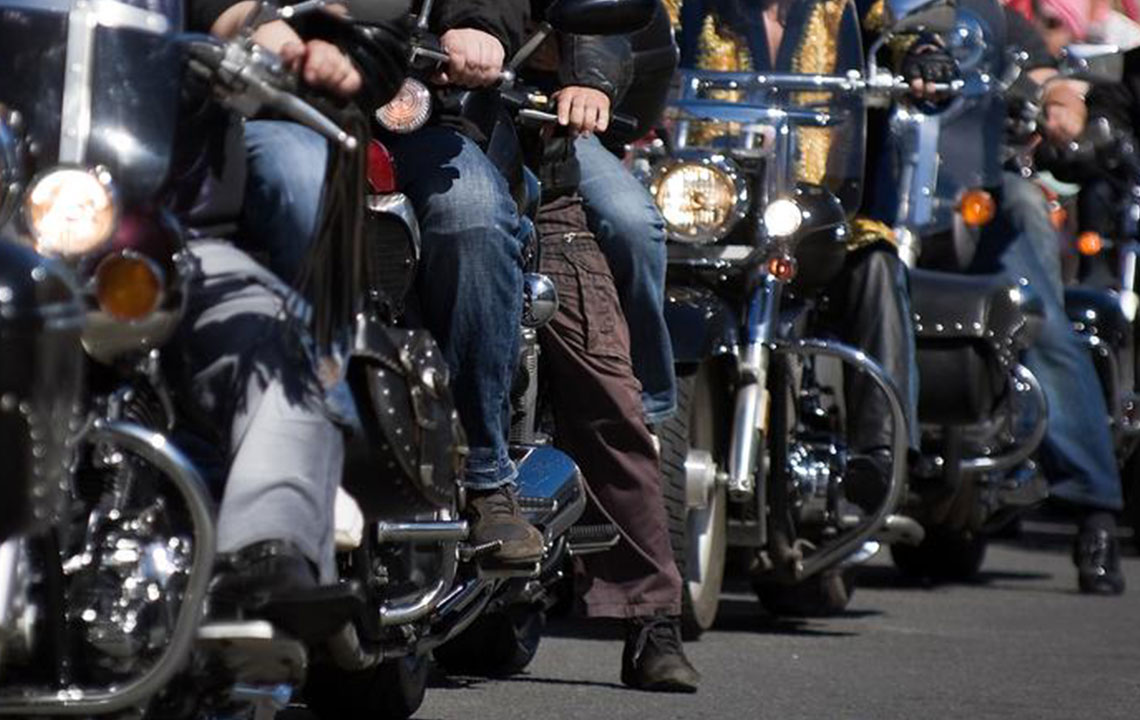A Concise History of Motorcycle Drag Racing
Explore the history and evolution of motorcycle drag racing, from its roots in illegal street races to modern safety-focused competitions. Learn about the key milestones, technological advancements, and cultural significance of this high-speed sport, highlighting how it has transformed over decades into a highly mechanized and regulated motorsport. Discover the safety innovations and the shift from driver skill to machine power, reflecting the sport's modern landscape and ongoing passion among enthusiasts.

Introduction to Motorcycle Drag Racing
What is Motorcycle Drag Racing?
Motorcycle drag racing involves racing bikes over a straight quarter-mile stretch in the shortest possible time. This exhilarating sport has gained massive popularity across the United States as a thrilling and competitive motorsport.
Origin and Evolution
Although it may seem recent, drag racing originated from illegal street races in rural areas after the 1940s. Young enthusiasts would race their modified bikes on dirt roads, often high school students eager to showcase their skills.
Teens would often customize their bikes to gain better speed and performance, turning racing into a popular pastime. The reason behind choosing the quarter-mile distance stems from its measurability on rural roads and safety concerns—longer distances posed risks of accidents. Many bikes could reach 100 mph within this short span, creating dramatic racing scenes.
The motorbike drag racing narrative has been featured in literature like the novel "Hot Rod," which helped popularize the concept of hot rodding and brought it into mainstream culture.
Present-Day Scene
Modern drag biking has shifted focus from young, amateur racers to enthusiasts equipped with high-performance machines. Today’s drag racing emphasizes advanced machinery, making it more of a showcase of mechanical engineering than driver skill. Safety measures are now strictly enforced, with requirements such as fiberglass bodies, roll cages, and fire suppression systems to protect participants.
Note:
This blog offers a wide range of informational content across various topics. While our research aims to provide accurate insights, readers should consider it informational rather than definitive. The website is not liable for discrepancies or outdated data. Also, some promotions or schemes may not be included in our coverage, and users should verify details for their benefit.









